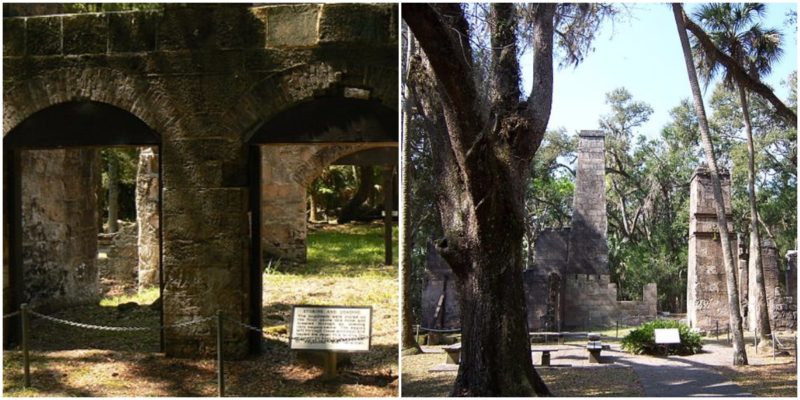The picturesque ruins of the Bulow Plantation are located in the large Bulow Plantation Ruins Historic State Park, near the city of Flagler Beach in northeastern Florida, USA.
Hidden deep in the dense forest of huge old trees and lush vegetation can be found the ghostly shells of the sugar mill and the adjoining buildings of the flourishing Bulow Plantation. In fact, Bulow Plantation was one of the 12 sugar mill plantations along the Atlantic Coast of Florida.
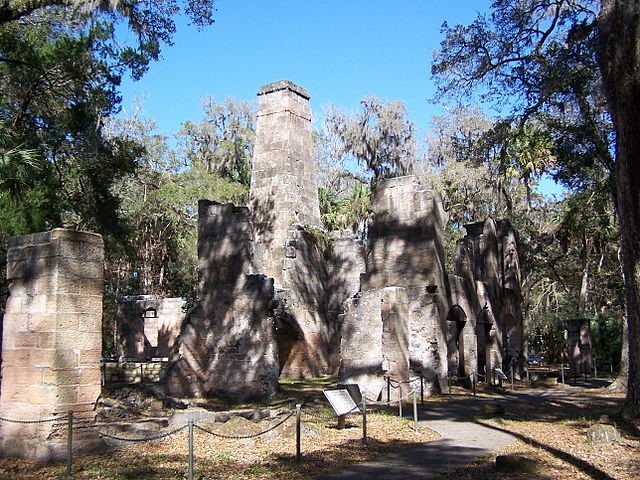
The buildings were designed and constructed in the antebellum architectural style, which was typical for the South of the United States of America in the 19th century, especially in the years before the American Civil War. Many wealthy families of this era decided to build their plantation houses and other structures on their properties in this style, which was a fusion of Neo-Classical and Greek Revival architectural style.
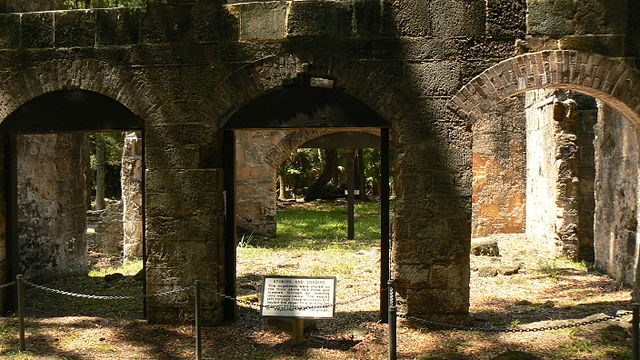
The sugar mill on the plantation was constructed from local coquina sedimentary stones, which are made from crushed sea shells. The site also features the ruins of the spring house, a few wells and chimneys, and the collapsed foundations of the plantation mansion and the slave cabins.
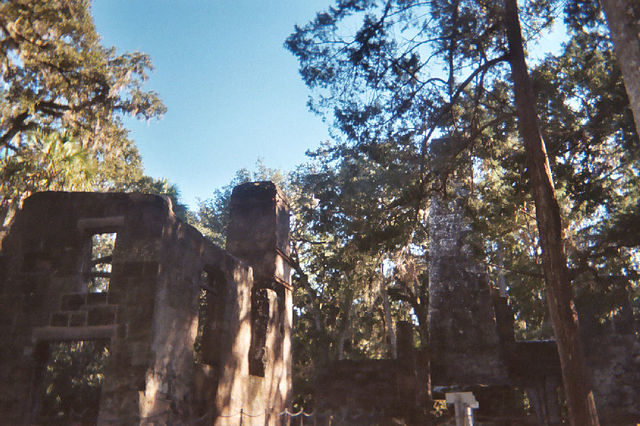
Bulow Plantation was the largest plantation in the eastern part of Florida. At its highest peak, the plantation covered an area of more than 2,000 acres. Sugarcane was not the plantation’s only crop. The soil and the climate of Florida were, and still are, more than ideal for growing various plants, and the family who owned the land also profited from growing rice, cotton, and even indigo (the plant used for making blue dye).
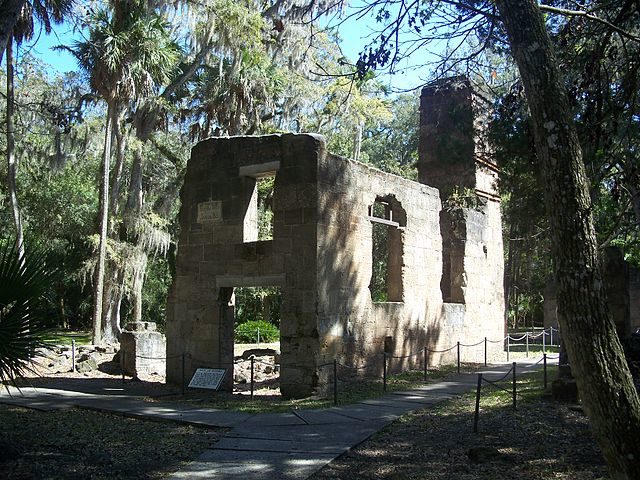
The story of Bulow Plantation started at the beginning of the 19th century. It was founded in 1821 by Major Charles Wilhelm Bulow. He bought more than 4000 acres of land around a tidal creek, which was later named Bulow Creek). Very quickly, his 300 slaves, which he borrowed from his brother’s plantation in South Carolina, cleared 2000 acres of the property and, thus, with great effort, they created excellent conditions for productive planting.
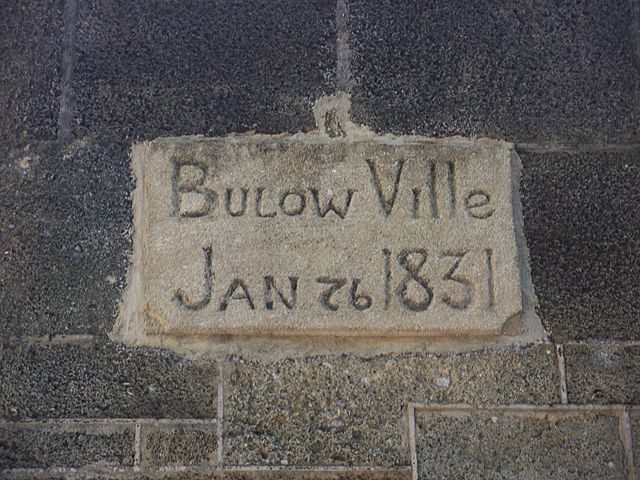
When Wilhelm Bulow died in 1823, his 17-year-old son, John Joachim Bulow, became the owner of the plantation and continued to manage it successfully. Many people that that because of his young age, he would not be an effective manager of the plantation. However, he was extremely successful. He modernized the plantation and added a sugar mill. The sugarcane was quickly turned into sugar, rum, and molasses. The products were packed into wagons and transported to the nearby harbor, where they were shipped to the Caribbean and to the East Coast of the United States.
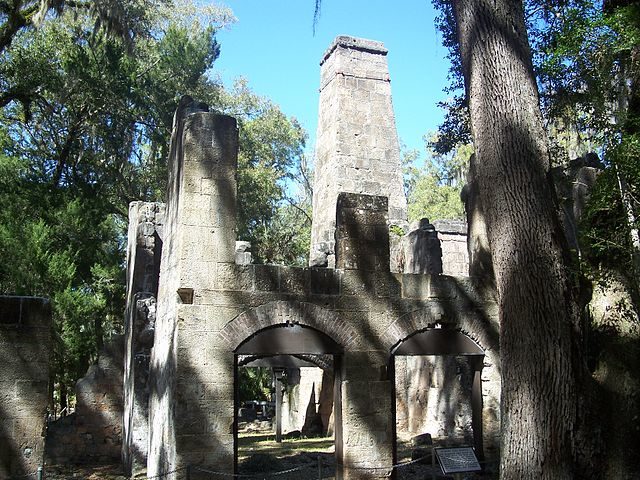
However, the period of good fortune did not last long. The Second Seminole War started in 1835. The United States government tried to force the Seminole Indians (who were, in fact, a large ethnic group formed of different Native American tribes) out of Florida, and several battles happened near the plantation. John Bulow was forced by the local militia, who had been hired by the U.S. government, to leave his plantation. They wanted to use the stone buildings as a fortified base for their military operations, but very soon were discovered and attacked by a group of Seminole guerrilla fighters. Huge portions of the plantation were burned and most of the buildings were razed to the ground during the attack. That was the end of the Bulow Plantation.
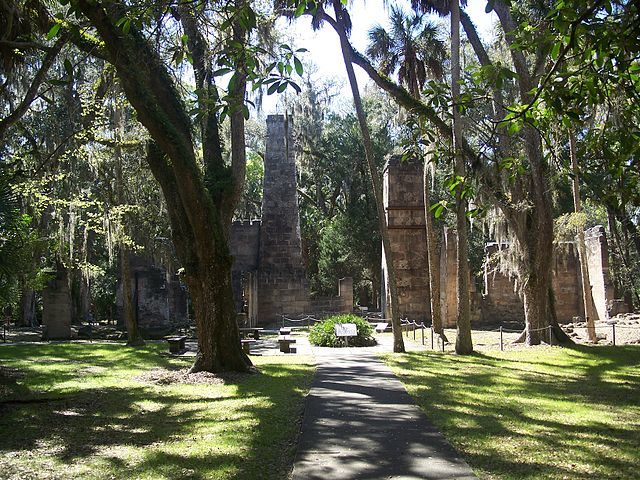
Since then the plantation was left in ruins and most of the buildings have been lost forever, though some parts of them still stand. The crumbling buildings demonstrate the turbulence in the region of Florida at the beginning of the 19th century. The haunting ruins of the monumental structures depict plantation life and the production of various important products. They give a pure image of the early days of the industrial era in Florida. In 1945, the State of Florida became the owner of the site. There are pathways to hike among the ruins and signs about the history of the plantation, which is slowly being swallowed by the surrounding forest.
